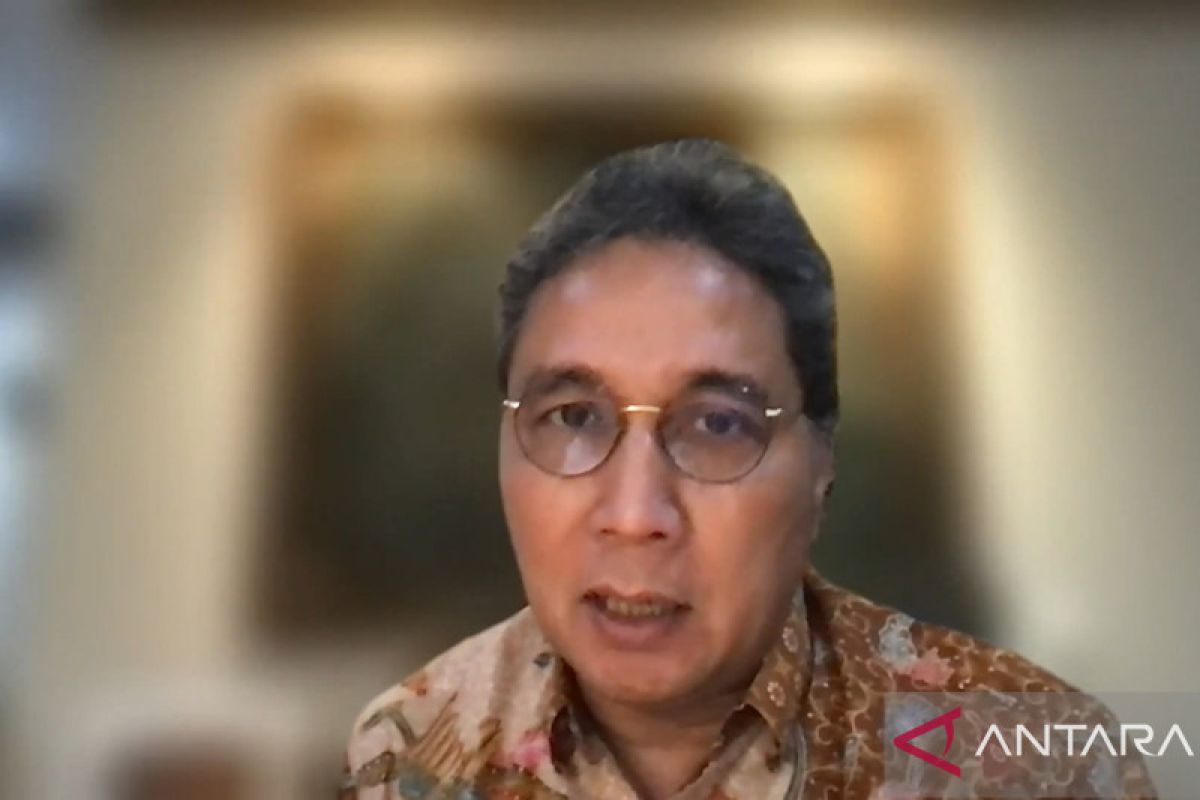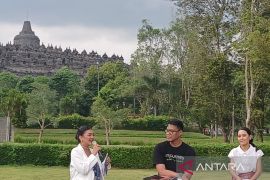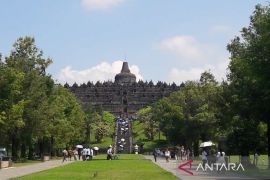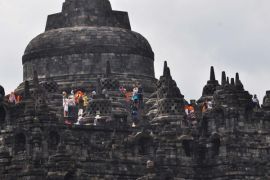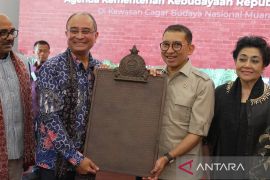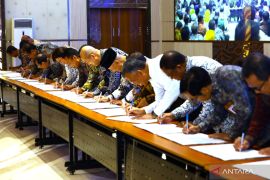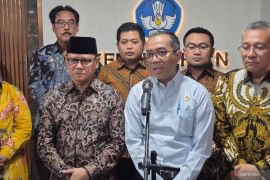"The COVID-19 (pandemic) in 2020–2021 gave us time to restrict (visits to Borobudur) and, most importantly, time to study the damages that had occurred," the ministry's Director General of Culture Hilmar Farid informed at a Katadata Insight Center (KIC) press conference, which was followed via online means here on Thursday.
The official disclosed that the government had been planning for long to restrict tourists' access to the temple platforms to conserve and improve their longevity, as well as to allow more research to be conducted on the temple.
However, the authorities did not find the right time until the COVID-19 pandemic, which came as a kind of a blessing in disguise for the temple to "rest" and allow it to be intensively studied by researchers, he explained.
Farid said that before the pandemic, thousands of visitors thronged the temple, a world heritage site, and climbed onto its platforms to observe its stone reliefs or take photographs, thereby significantly burdening the structure.
The authorities could only impose a restriction on visits during the pandemic by limiting the number of visitors who could climb the temple daily to 1,200, divided into groups of 150 per visit, he added.
"Actually, if we see in many places in the world, not only in Indonesia, a lot of important cultural heritages, especially world heritage sites, impose the same policy," Farid stated.
He also affirmed that the visit restriction and the decision to increase the entry fee to Borobudur had been decided based on empirical data, instead of personal opinion.
"We cannot establish a policy just by what a person says or by the perception of several people; we should make evidence-based policies," the director general said.
Related news: Borobudur lacks other tourist attractions: ministry
Related news: Govt drafting plan to revitalize Borobudur Temple
Translator: Hreeloita DS, Nabil Ihsan
Editor: Rahmad Nasution
Copyright © ANTARA 2023
